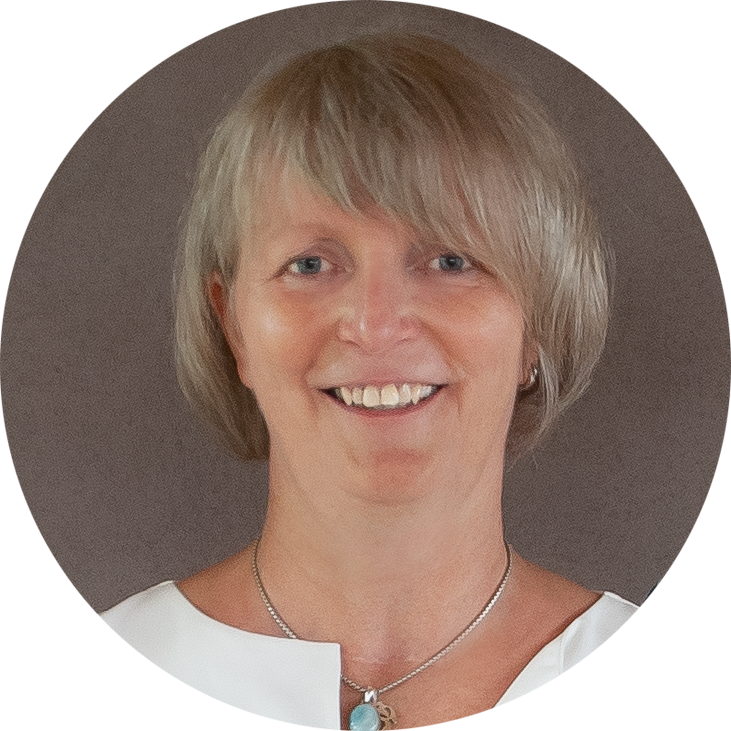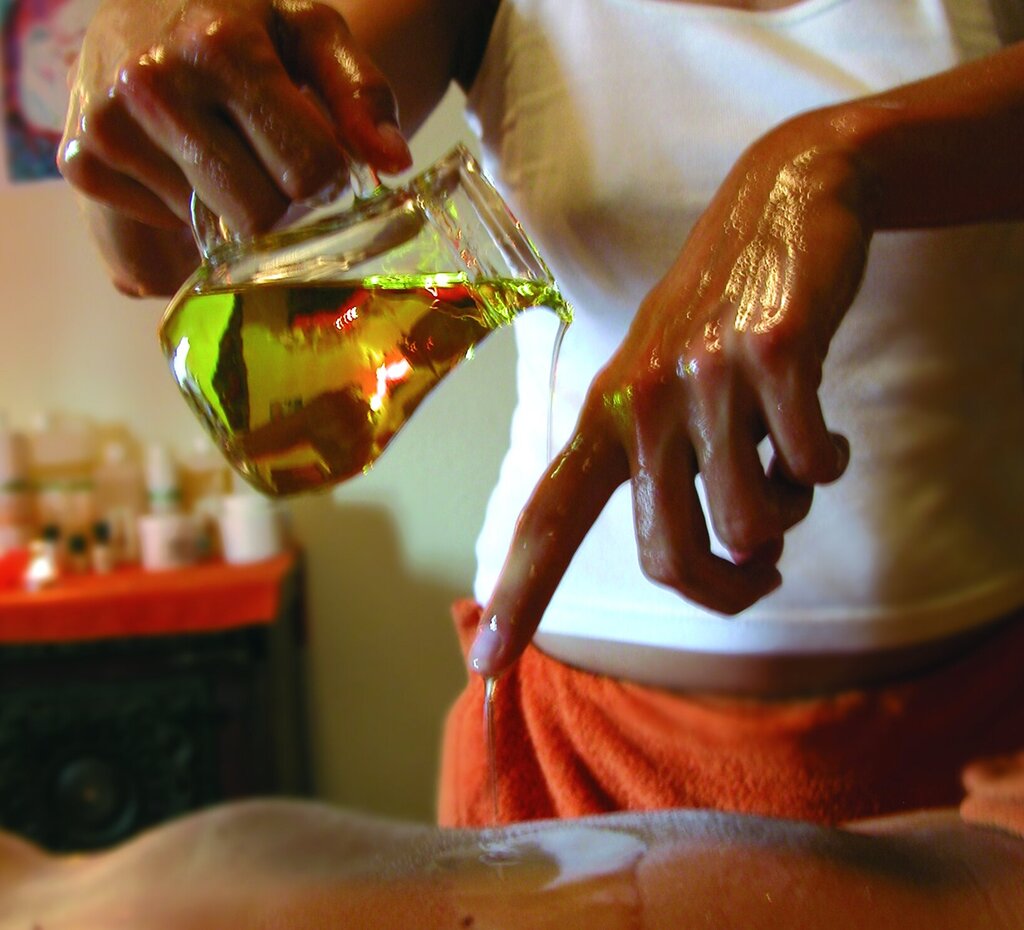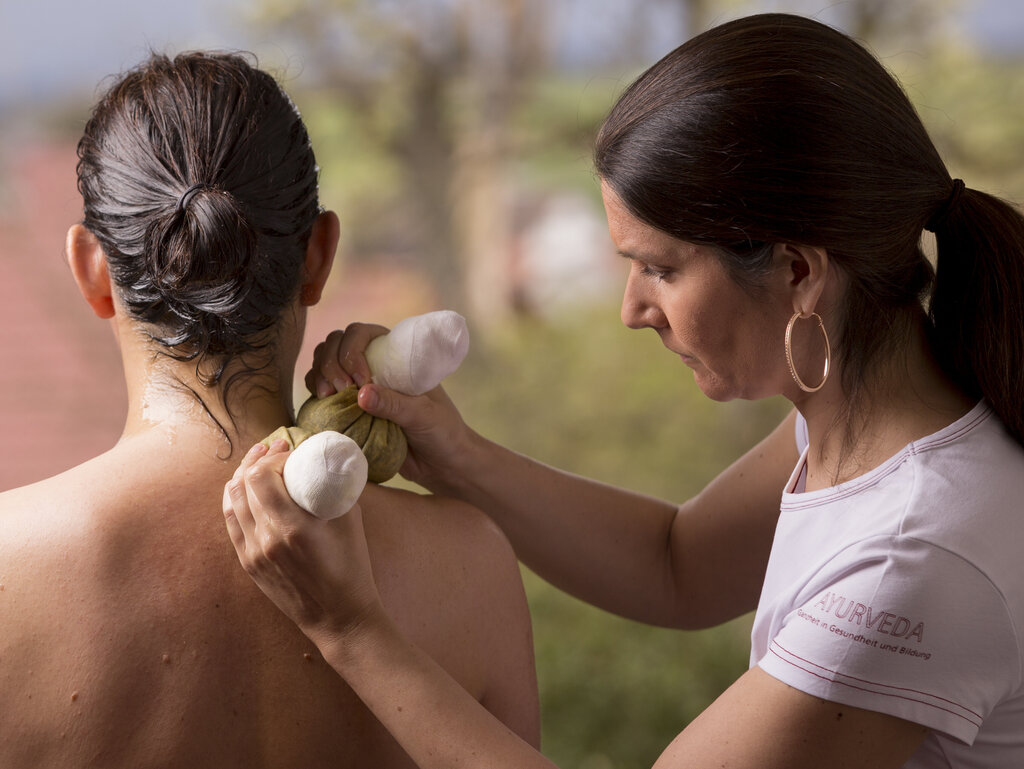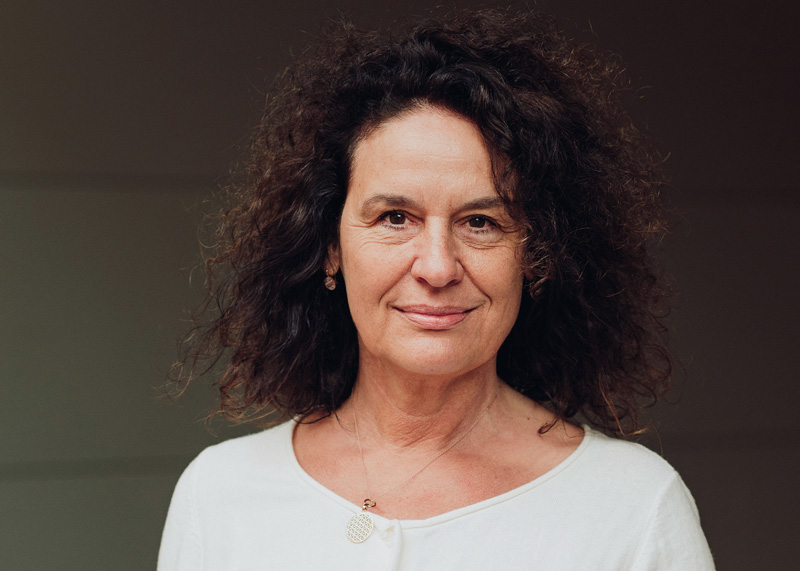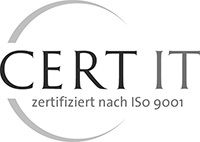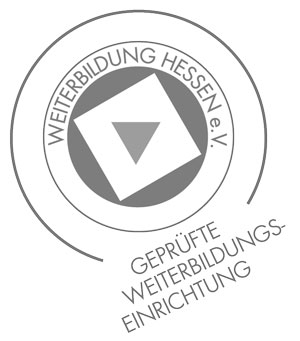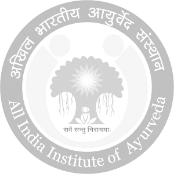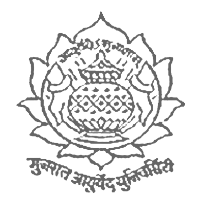Interview with Petra Wolfinger, Ayurveda therapist, lecturer and representative of the European Academy of Ayurveda in Austria.
Petra, you have been deeply connected to Ayurveda for 15 years and teach, among other things, Ayurvedic massage at the European Academy of Ayurveda. What is the difference between an Ayurvedic massage and a classical massage?
If we research what Wikipedia says, then the following: "Massage (from French masser "to massage", Arabic مس "to touch; to palpate" or from Greek μάσσω "to knead") is used to mechanically influence the skin, connective tissue and muscles through stretching, pulling and pressure stimuli. The effect of massage extends from the treated part of the body to the entire organism and includes the psyche."
K. R. Srikantha Murthy:
"Abhyanga (oil massage and bath) should be performed daily. It dispels age, tension and accumulation of Vata. It gives good vision, nourishment for the body, long life, good sleep, good and healthy skin. It should be performed especially on the head, ears and feet. It should be avoided by people suffering from accumulations of kapha, currently undergoing purification therapy (such as emetics or laxatives) or suffering from indigestion."
What can be seen at first glance is that classical massage refers to the anatomy and aims at a mechanical influence on the skin and muscles. This is to stimulate the exchange of information between synapses and CNS ( central nervous system). Stroking, tapping, plucking and pulling are ways of grasping that promote blood circulation regionally and balance the imbalances of agonists.
Abhyanga always goes one step further. The therapist looks at where the client is at the moment, which dosha is irritated and then decides whether to massage anuloma or pratiloma, that is, calming outward to the periphery or activating toward the heart. A very important point is the oil, which is chosen according to the state of the doshas.
What therapeutic effect can I achieve with an Ayurvedic massage?
In Ayurveda, Prakriti and Vikriti are often juxtaposed; Prakriti is the basic constitution, that is, what we have been given. Vikriti is what life makes of us every day. If we live according to our constitution, then we should never get sick. Unfortunately, however, external circumstances, job or family force us to live differently. To eat right, to muster the strength to practice yoga and meditate every day, all this is very difficult in today's world.



